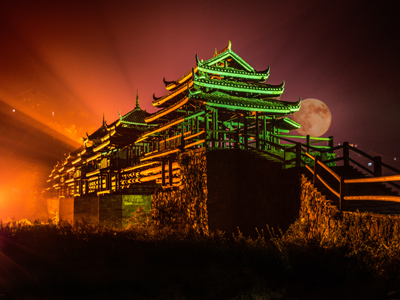

Solar System 2
This Science quiz is called 'Solar System 2' and it has been written by teachers to help you if you are studying the subject at middle school. Playing educational quizzes is a fabulous way to learn if you are in the 6th, 7th or 8th grade - aged 11 to 14.
It costs only $19.50 per month to play this quiz and over 3,500 others that help you with your school work. You can subscribe on the page at Join Us
The Earth’s Solar System is located in the Milky Way Galaxy. It was formed some 4.6 billion years ago. The majority of the System’s mass is found in the Sun. However, the Solar System is made up of many other objects and traits. Find out about some of them in this science quiz.
Ready for more?
not all...
quizzers. Try to win a coveted spot on our Hall of Fame Page.






